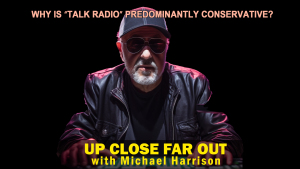By Matthew B. Harrison
TALKERS, VP/Associate Publisher
Harrison Media Law, Senior Partner
Goodphone Communications, Executive Producer
This is the third installment of a multi-part TALKERS Legal Series on Fair Use for the Media Creator. The first installment is here. The second installment is here.
The “Nature of the Copyrighted Work” is a key factor in fair use analysis, with courts more likely to allow the use of factual works, such as news reports, than highly creative works like music or films. The landmark case Feist Publications, Inc. v. Rural Telephone Service Co. established that mere facts, like telephone numbers, cannot be copyrighted unless presented with originality. In media, factual content like news clips may support a fair use defense, while creative works like syndicated talk shows are more protected. Broadcasters should add commentary or criticism when using factual material and be cautious when reusing creative content. Understanding this factual-creative spectrum is critical for media creators navigating copyright law.
In the context of fair use, courts are more likely to allow the use of factual works, such as news reports, historical accounts, or other informational content, than highly creative works like songs, movies, or artwork. The theory behind this is that factual works generally serve a public interest – society benefits from the free exchange of information and ideas, and we want “the system” to encourage this. On the other hand, creative works involve more personal expression, and copyright law is designed to protect that artistic effort (and allow for monetization thereof.) This distinction plays a crucial role in determining fair use, as courts are more protective of creative works because they represent a higher degree of originality and personal investment.
Classic Case: Feist Publications, Inc. v. Rural Telephone Service Co. (1991)
A landmark case that helps illustrate this factor is Feist Publications, Inc. v. Rural Telephone Service Co., which asked whether copyright protection could be applied to a seemingly factual work: a telephone directory. In this case, Rural Telephone Service Co., a public utility, created a telephone directory of its customers’ names, addresses, and phone numbers. Feist Publications, a company that produced a larger, regional telephone directory, copied some of these listings and was sued by Rural for copyright infringement.
Rural argued that its directory was protected by copyright, but Feist countered that the information in the directory (names, addresses, and phone numbers) was purely factual and, therefore, not eligible for copyright protection.
The Supreme Court ruled in favor of Feist, stating that facts are not protected by copyright because they are not original to the author. The Court held that Rural’s directory did not qualify for copyright protection because it lacked creativity and originality – it was simply a compilation of facts (names and numbers). The case established the principle that mere facts are ineligible for copyright protection, even if they are compiled in an organized way.
This case is significant because it underscores that factual information, like a telephone directory, cannot be copyrighted unless there is a creative element involved in its presentation, such as an original selection or arrangement of the facts.
Application to Radio and Media:
When it comes to radio, news, or media content, the nature of the copyrighted work often comes into play, especially in cases where factual content (such as news clips or interviews) is being reused. Courts may treat factual works more leniently in fair use cases, allowing them to be repurposed for commentary, criticism, or reporting, as they serve a public interest. However, creative works, like talk shows, are given more protection because they represent original artistic expression. The more creative the work, the less likely its unauthorized use will be considered fair use.
An Example – Associated Press v. Meltwater U.S. Holdings (2013)
While not specific to radio, this case highlights the issue of using factual content in media. Associated Press (AP) sued Meltwater, a news aggregation service, for copying parts of AP’s news articles and distributing them without permission.
The court found in favor of the Associated Press, stating that even though AP’s articles contained factual information, they were written with creativity and journalistic skill – thus, they were still copyrightable. The nature of the work was not purely factual, as it involved a degree of originality in the writing and presentation. This case illustrates that while factual works may be more likely to fall under fair use, their specific presentation or creative treatment can still be protected.
Radio Case Example: Syndicated Content and Commentary
A case that touches on the nature of copyrighted works in radio can be seen in disputes over syndicated talk shows or political commentary. Stations that rebroadcast these shows without proper licensing agreements may argue fair use, but their success often depends on whether the work being used is factual or creative. For example, if a station replays a news clip or political speech, the fact that the content is factual might support a fair use defense. However, if they replay a syndicated talk show where a host offers personal opinions or creative commentary, it would be considered a more creative work, requiring higher protection. In some cases, radio stations have argued that the rebroadcasting of certain content (like portions of interviews or speeches) qualifies as fair use because it’s factual and in the public interest. Still, if the content also involves a unique editorial style or commentary, the courts may treat it as more creative and therefore not subject to fair use.
Practical takeaways for media creators:
• Factual vs. creative: When considering whether fair use applies, broadcasters should analyze whether the content they’re using is more factual or creative. Factual works (such as news reports) are more likely to be protected by fair use, while creative works (like music or dramas) are less likely.
• Add commentary or criticism: Even when using factual content, it’s crucial to add commentary, analysis, or criticism to support a fair use defense. Simply republishing factual material without transformation can still lead to copyright infringement.
• Be mindful of syndicated content: Syndicated content, such as talk shows, often involves a mix of factual information and creative opinion. Replaying such content without proper licensing can lead to legal challenges, as courts may view this as a use of creative work.
The nature of the copyrighted work plays a crucial role in fair use analysis. While factual works are more likely to be used under fair use, creative works enjoy stronger protection. Media creators, including broadcasters and radio stations, need to be aware of this distinction and ensure that their use of copyrighted material is both transformative and legally defensible. By understanding the factual-creative spectrum, media creators can better navigate the complexities of copyright law.
Media attorney, Matthew B. Harrison is VP/associate publisher, TALKERS; Senior Partner, Harrison Media Law; and executive producer, Goodphone Communications. He is available for private consultation and media industry contract representation. He can be reached by phone at 724-484-3529 or email at matthew@harrisonmedialaw.com
Share this with your network
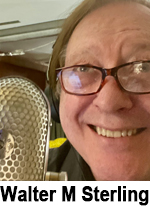 Chris Licht was executive producer of the Steven Colbert show. Then he took the job of CEO of CNN. There was unpleasantness. Thanks to our shared position on the Newhouse School Advisory Board at Syracuse University, I learned how he is advancing his career while seeking the right job.
Chris Licht was executive producer of the Steven Colbert show. Then he took the job of CEO of CNN. There was unpleasantness. Thanks to our shared position on the Newhouse School Advisory Board at Syracuse University, I learned how he is advancing his career while seeking the right job.


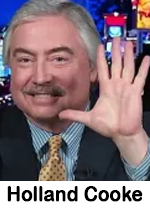

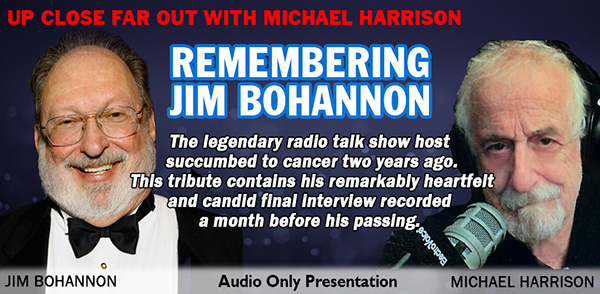
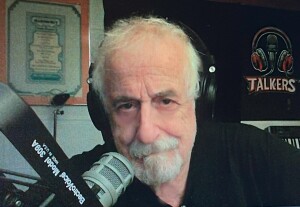 This presidential election cycle provided a number of insights, revelations, and takeaway lessons for news/talk radio. And by using the term “news/talk radio” I mean all spoken word platforms on the AM/FM dial including commercial, public, educational, and ethnic outlets that provide news, politics, and commentary. They are all RADIO.
This presidential election cycle provided a number of insights, revelations, and takeaway lessons for news/talk radio. And by using the term “news/talk radio” I mean all spoken word platforms on the AM/FM dial including commercial, public, educational, and ethnic outlets that provide news, politics, and commentary. They are all RADIO.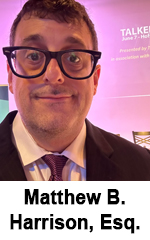 Let’s continue our ongoing series of articles about fair use. A recent case highlights fair use considerations in audio media and podcasting, particularly concerning music and short audio clips used in intros, where some creators assume that brief snippets automatically qualify as “fair use.” Legal experts clarify that using a song clip, even if brief, doesn’t inherently meet fair use criteria. Courts have emphasized that fair use hinges not just on brevity but also on factors like purpose, nature, and market impact on the original work. Music clips, even short ones, are often seen as significant portions of the original content, carrying substantial value, making unauthorized use in podcasts or similar formats legally risky.
Let’s continue our ongoing series of articles about fair use. A recent case highlights fair use considerations in audio media and podcasting, particularly concerning music and short audio clips used in intros, where some creators assume that brief snippets automatically qualify as “fair use.” Legal experts clarify that using a song clip, even if brief, doesn’t inherently meet fair use criteria. Courts have emphasized that fair use hinges not just on brevity but also on factors like purpose, nature, and market impact on the original work. Music clips, even short ones, are often seen as significant portions of the original content, carrying substantial value, making unauthorized use in podcasts or similar formats legally risky. As media creators in radio and podcasting explore ways to legally incorporate external audio, the fair use factor of “purpose and character” is crucial. This factor assesses whether the use is “transformative”—adding new expression or meaning—or merely reproduces the original’s essence, potentially infringing on copyright.
As media creators in radio and podcasting explore ways to legally incorporate external audio, the fair use factor of “purpose and character” is crucial. This factor assesses whether the use is “transformative”—adding new expression or meaning—or merely reproduces the original’s essence, potentially infringing on copyright.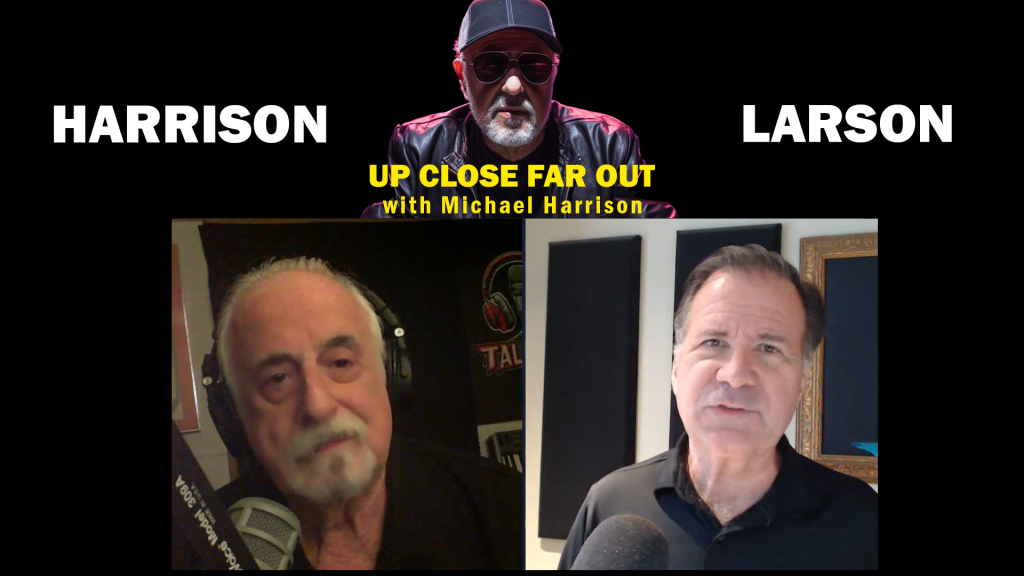
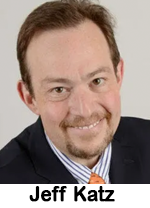 Media analyst, broadcaster, and trade journal publisher Michael Harrison appeared on the popular Jeff Katz afternoon drive show on WRVA, Richmond yesterday (10/29) to discuss comments he made earlier in TALKERS about the historic significance of former President Donald Trump‘s recent three-hour guest spot on the “Joe Rogan Experience” podcast. To listen to the fascinating discussion, please
Media analyst, broadcaster, and trade journal publisher Michael Harrison appeared on the popular Jeff Katz afternoon drive show on WRVA, Richmond yesterday (10/29) to discuss comments he made earlier in TALKERS about the historic significance of former President Donald Trump‘s recent three-hour guest spot on the “Joe Rogan Experience” podcast. To listen to the fascinating discussion, please 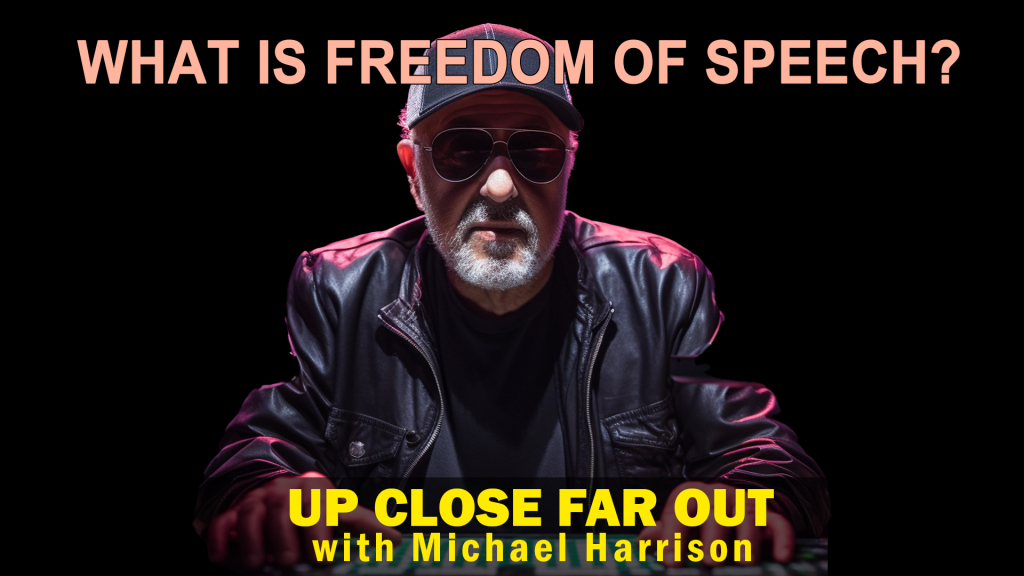

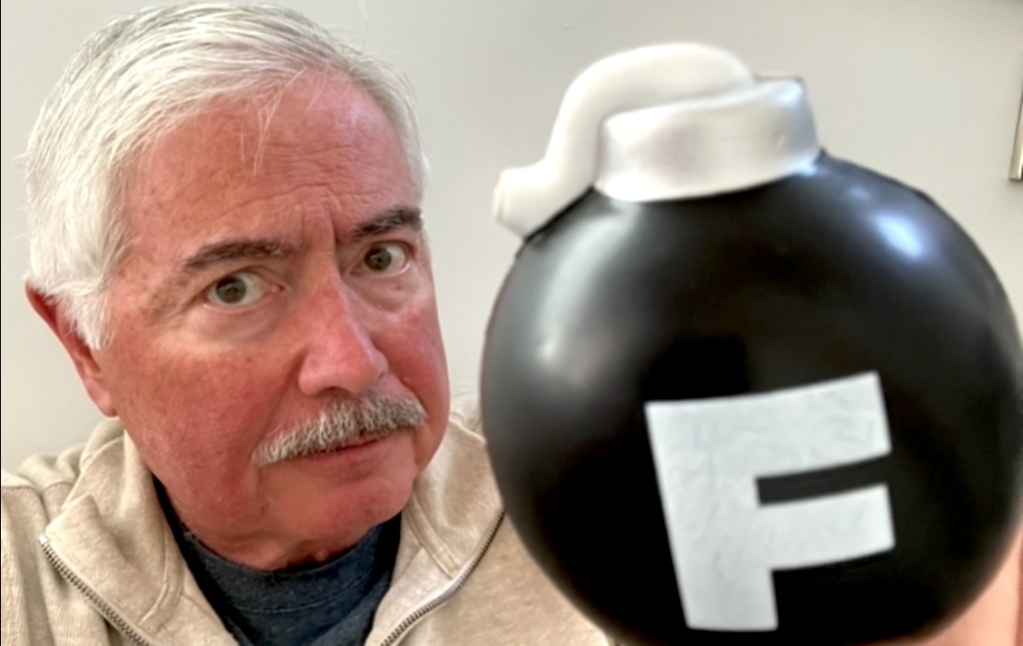
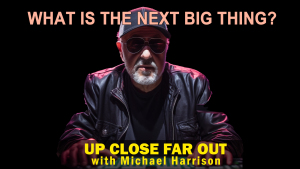 In this clip, he discusses the “next big topics” that will be discussed in talk radio and its associated forms of spoken word media. One of the many highlights of Harrison’s 48-minute keynote address was his observation that one of the next big things on the talk media menu is invariably something that is unknown or unexpected that comes out of the blue and literally changes the conversation. He pointed out that the U.S. Rep. Gary Condit (D-CA)/intern Chandra Levy murder mystery scandal was the biggest talk media story for weeks during the middle of 2001 – until the events of 9/11 completely wiped it off the talk shows in one fell swoop. Beyond that, Harrison discusses the growing national conversation role of such topics as societal anxiety, clean water, time management, privacy and technology’s assault on our humanity. To watch the brief clip on the TALKERS MEDIA YouTube channel, please
In this clip, he discusses the “next big topics” that will be discussed in talk radio and its associated forms of spoken word media. One of the many highlights of Harrison’s 48-minute keynote address was his observation that one of the next big things on the talk media menu is invariably something that is unknown or unexpected that comes out of the blue and literally changes the conversation. He pointed out that the U.S. Rep. Gary Condit (D-CA)/intern Chandra Levy murder mystery scandal was the biggest talk media story for weeks during the middle of 2001 – until the events of 9/11 completely wiped it off the talk shows in one fell swoop. Beyond that, Harrison discusses the growing national conversation role of such topics as societal anxiety, clean water, time management, privacy and technology’s assault on our humanity. To watch the brief clip on the TALKERS MEDIA YouTube channel, please 